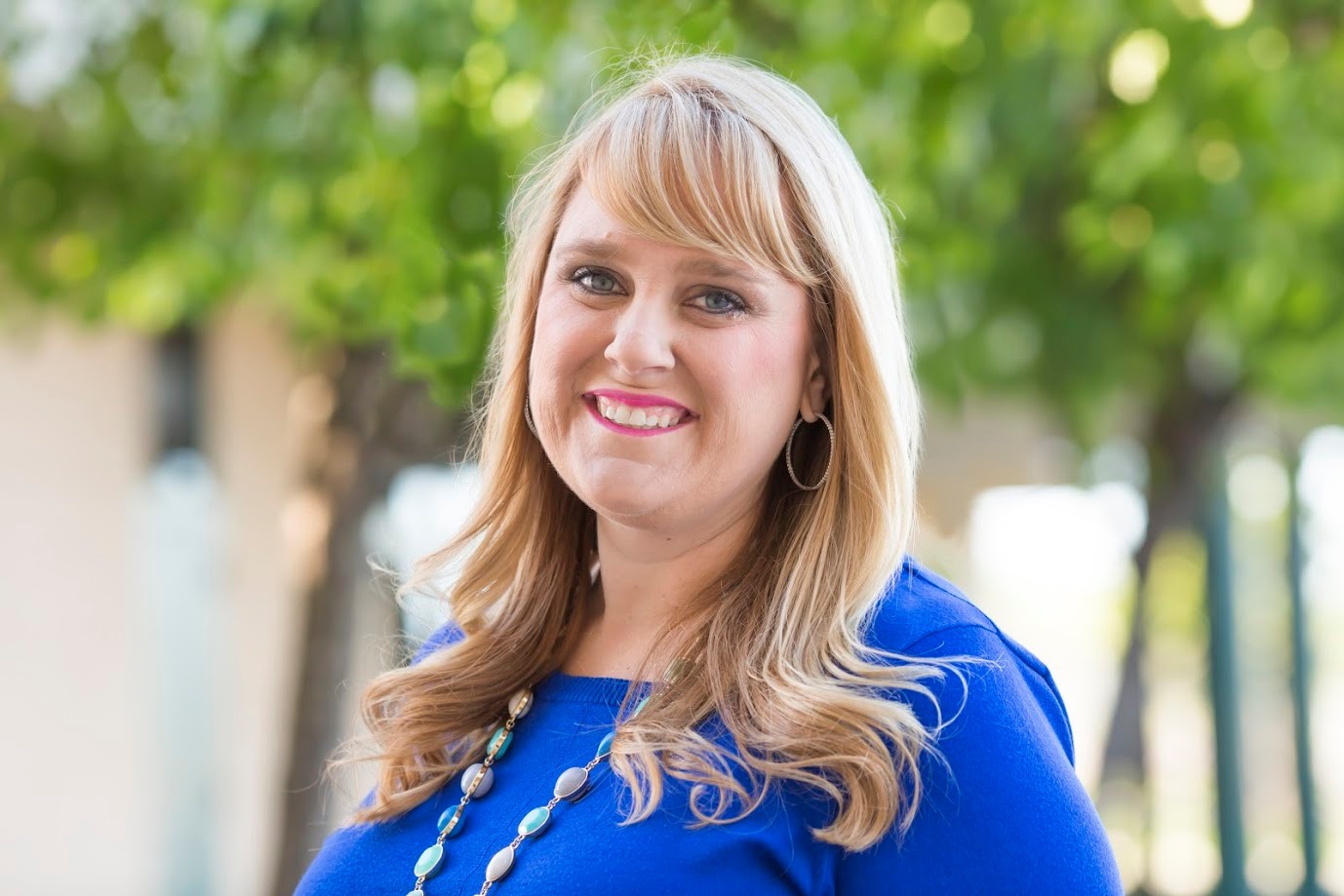
Boosting student agency is at the heart of Dr. Krista Herrera’s focus as an educator.
“I really believe it's our job to help prepare students to advocate for themselves and to be able to solve the problems of our communities,” says the Assistant Superintendent of Curriculum and Instruction at Santa Maria Joint Union High School District in California. “I'm a high school administrator. So our students are going to take over the roles of running our community in the next 10 to 20 years.”
Herrera recently received the Innovative Thought Leader Award during Tech & Learning’s Innovative Leader Summit at the Liberty Science Center in New Jersey. Recognized for her dedication to supporting student agency, she shares tips for doing just that.
1. Boosting Student Agency by Fostering Student Voice and Choice

Teaching students to find their passion and use their voice is an important part of an educator’s role, Herrera says.
“We have been given this gift over the last couple of decades, where we don't have to hold the information anymore,” she says. Instead, students have access to more information than they can possibly process at their fingertips, and the role of an educator becomes helping students harness the power of that.
“It's really given us the opportunity to allow them to explore and develop their own voice and their own passions,” she says. “And then really teaching them how to use those tools that are available to them, and those resources that are available to them to meet their needs.”
2. Creating An Inclusive Space
Before you can foster student voice and choice, you have to create a sense of belonging for students. “Step one, before you change all of your teaching practice, is to make sure that you have a really safe space where we encourage students to collaborate,” Herrera says. “We create a space where they're comfortable expressing their opinions and their ideas without judgment, but also a space where they're able to hear opposing views and ideas without passing judgment as well.”
3. Honor Different Types of Success
Success doesn’t always look the same and too often educators in the school environment can forget that.
“School was easy for me because like, I'm a natural student, I'm pretty compliant, I want to please the people around me, I can learn the game pretty quickly,” Herrera says. “I learned the ‘studenting’ game really was easy for me. But there were people around me who were much brighter than me, and probably could have solved much more important problems. But because they weren't ‘studenting’ correctly, they weren't playing the game of school, they never got to see themselves in this kind of successful, confident place.”
Helping these types of students achieve success is critical, Herrera says. “Building students' success and allowing students to see success in their abilities and share their talents is really important in this space.”
4. Provide Mentorship
One strategy for helping students feel supported enough to succeed while pursuing their passions is to offer mentorship. Having an adult at the school you can go to outside of class for help with personal issues or life skills, such as crafting an email, can be so helpful to students, Herrera says.
As students demonstrate learning in different ways, helping connect students with community mentors can also be helpful. “If I was going to try to make some kind of change around fire safety, I might have an additional mentor who was a local fireman, who I was able to kind of talk to about their specific content knowledge,” Herrera says.
In addition to helping with a specific project, these types of mentorships can encourage students to start networking with community professionals.
5. Don’t Sacrifice Rigor for Choice
A mistake Herrera frequently sees when educators try to implement more student choice is that they confuse choice with abandoning curriculum requirements. For instance, she’ll sometimes see instructors offer multiple pathways to success but not all those pathways are rigorous enough.
“Some of these choice boards would have two really good, rigorous options, and then six that were like not even related to what they were supposed to be doing,” she says. “We are still a standards-based education system. You have to teach those standards, [but] the way you get there can be very different.”
6. Don’t Be Afraid to Let Students Struggle
Not all struggle is bad, but it's easy for well-meaning instructors to forget that when watching students try and fail to grasp material at first.
“Struggle is really productive in their learning cycle,” she says. “So if we take away all of that struggle, we've really taken away the whole learning experience.”
Instead of giving away the answers, she suggests educators ask the students if they need more time, more language, or more information. If they need more time, let them work on it longer, if they need more language, explain the question in a different way, and if they need more information, provide them with new resources by perhaps suggesting reading a passage in the textbook or talking with another student about the problem.
“That's a big struggle teachers have,” she says. “We want to help students be successful so badly, we actually pull the learning experience away from them by bailing them out too early.”







